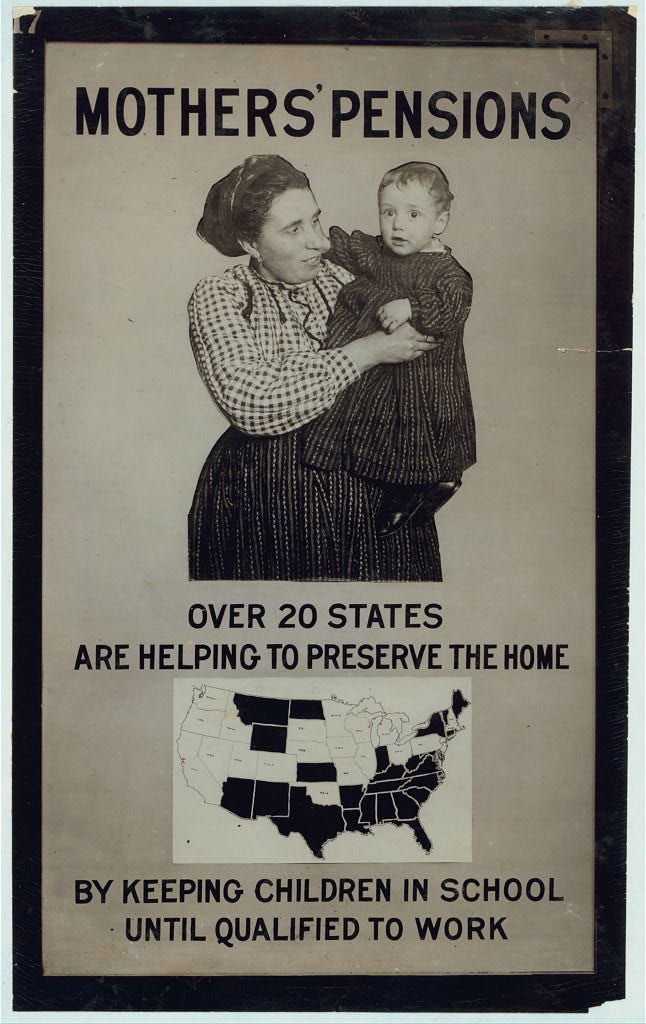Photo by ksfm.radio.com
When I was eight years old, I tipped the scales at one hundred pounds.
One hundred pounds would be the lowest category for amateur boxing - a pinweight - but I would have been verging on the light flyweight boxing category, which is 101 pounds to 108.
I wasn’t an amateur boxer, so what it did mean was I had to play football with kids four years older than me.
That’s right. I was playing helmet and pads, full contact football at the age of 8 and, because I was a chunk, I was forced to play in a league of 12 year olds.
I practiced exactly one day as a lineman and then I told them I wanted to carry the football. I had the speed and agility of a stump, so they let me play fullback. Fullbacks are useful for two reasons: blocking and stumbling forward to gain an inch to two yards when needed. I was good at that and, occasionally, because I was big even for 12 year olds, I could stumble forward five to ten yards with fifth and sixth graders clinging to me like tics on a hunting hound.
I was a competitor. I reveled in competition. Growing up in Texas, the only thing I liked nearly as much as competition was making out with my girlfriend. (This was later on, mind you. Not at 8 years of age!)
As it turns out, football was the only sport I excelled at and, once high school was in the rearview mirror, I had to get my competitive fix elsewhere. When I was introduced to rafting, what drew me to it was the polar opposite of competition. It was the team building, the community nurturing and the need for a cooperative effort. I’ve mentioned these aspects of rafting several thousand times before, so I am not going to belabor them here.
But when it came to negotiating potentially life-threatening whitewater, I took that personally. As the person doing the navigating, whether guiding a paddle raft of people or rowing alone, I see it as a competition.
I’ve never ridden a real bull or a mechanical bull, but when I launch my raft onto a whitewater river the challenge - for me - is to exit at the end without having been ejected out of my raft throughout the trip. That’s the competitor in me. That’s how I measure whether I was successful or not.
At the same time, I know, when it comes to wild rivers, free flowing rivers, moving water, a “win” today will mean nothing tomorrow. A successful run today guarantees nothing the next time I push my boat away from shore.
I also view moving water as inherently dangerous. A good number of highly skilled boaters - kayakers or rafters - have lost their lives on sections of rivers not considered to be particularly dangerous. The apparent lesson being, if you let down your guard, it might be for the last time.
I have always operated under the assumption that putting people in the water, especially untrained people, is a literal crapshoot and should be avoided at all costs. You have no idea how they will react and you have no idea what the river will do with them. River dynamics are somewhat predictable but the operative word in that sentence is “somewhat”. You can never say with one hundred per cent certainty what will happen.
So, that is how I approach river running.
It’s a competition I am trying to win, moment to moment, by keeping my raft upright, keeping my guests in their seats and keeping myself out of the water and partially independent from the river’s mercy. If I fail, I behave as if it is a life and death emergency, particularly with myself and untrained paddlers or guests, because I believe it is. I take nothing for granted and I try to leave as little to chance as I possibly can.
It’s easy for me to be serious because I take winning and losing seriously. I always have. Ask my siblings.
Which brings me to last Wednesday and the assault on the Capitol.
What happened should not have been a surprise to anyone whose job it was to provide protection for the people inside the Capitol Building. There is no excuse for their failure to be prepared. Absolutely, no excuse. We have seen - throughout the years - and particularly this past summer, the lengths with which cities, states and that very same Capitol Building will go to defend against the possibility of interlopers.
Every crowd has the potential to turn riotous. A mob mentality is real. An enormous mass of people should always trigger safety concerns. Because you never know what could cause the herd to suddenly stampede.
What I am saying is that no one whose job it is to provide safety for the seat of our government can say they were caught unaware. Just as a river guide can never say they didn’t understand that moving water could be dangerous.
The heightened tensions, the historic nature of the day, the makeup of the crowd - it all pointed to a security red alert. To not have five hundred troopers in full battle regalia lining the steps to the Capitol is the equivalent of me launching myself down a Class V river without a lifejacket.
Not reacting after the fact was failure aplenty.
Not being ready in advance was criminal negligence.
###
This is making the rounds on Twitter and you better get your hankies out ‘cause it will probably bring a tear or two or three to your eyes.


Also, David Byrne, former lead singer of The Talking Heads and editor/creator of the website Reasons To Be Cheerful, has a great article about how a little bit of money can go a long way.





